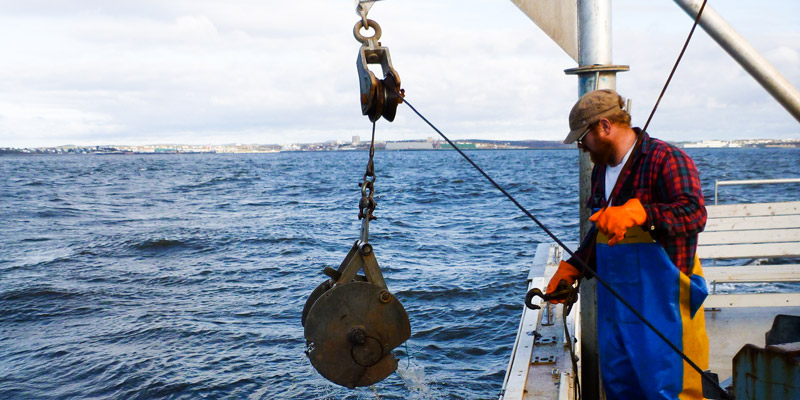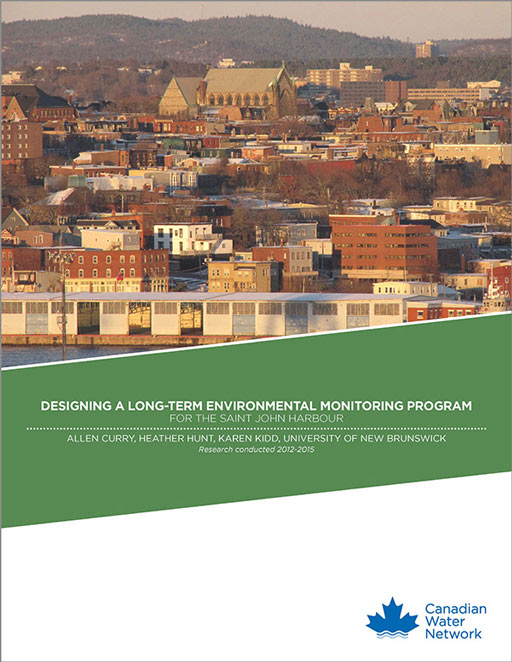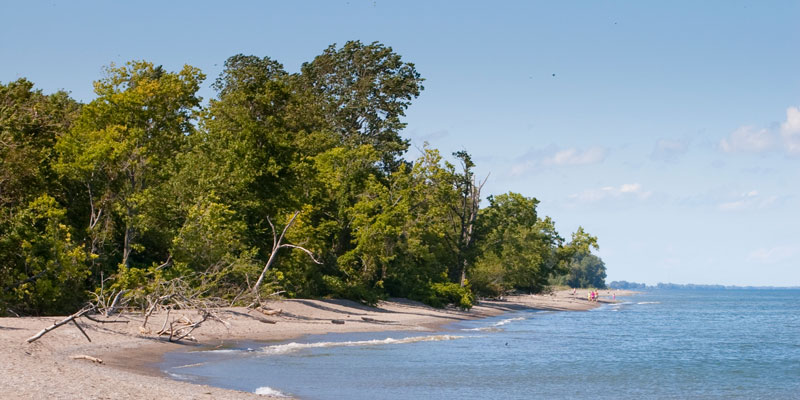Spatial and Temporal Patterns of Contamination in the Saint John Harbour
Karen Kidd, Science Director of the Canadian Rivers Institute, Canada Research Chair and Professor; University of New Brunswick (2012-2014)

Challenge
Over the past three decades, a number of studies in Saint John Harbour in New Brunswick have shown that the inner harbour has higher levels of some metals and polyaromatic hydrocarbons (PAHs) than the outer harbour and sites in the inner Bay of Fundy. These hotspots are likely related to localized human activities. Despite the range of studies conducted in Saint John Harbour, none has generated sufficient information to identify reference sites and sampling strategies necessary for setting thresholds and triggers for a regional monitoring framework.
The project objectives were to determine seasonal and annual variability of contaminants at reference sites to characterize baseline levels; determine the level and extent of contamination at sites of concern; and ultimately design an optimal program for long term monitoring that includes:
- Location and number of reference and impacted sites;
- Methods (timing and frequency of sampling, sampling and analytical methods); and
- Thresholds for assessing change
Project
This research project buillt on existing knowledge by re-sampling priority sites in Saint John Harbour to assess current contaminant levels and determine risks to aquatic organisms. The researchers sampled additional sites — especially in reference locations — to establish a baseline for future monitoring programs. The data was used to generate temporal and spatial information on biota and sediment quality within the harbour.
The work took place over two phases. During the first phase, samples were collected to characterize sediment contaminant concentrations at several reference locations in the inner and outer harbor to identify the range of concentrations at these sites, the best season to sample in, and variability in contaminants over seasons and years. During the second phase, potential hotspots were sampled to understand the current concentrations of contaminants at these sites and potential risks to sediment-dwelling organisms. This information was used to define warning levels for certain contaminants and set action levels at which more detailed studies would be required.
The study also developed tables of thresholds for various metals, PAHs and organochlorines, as well as guidelines on sample sites, collection, preservation and analyses. These tables can be used by stakeholders to monitor sediment contamination in the harbour.
Analysis has shown that at the reference sites, concentrations of metals are typically well below Canadian Interim Sediment Quality Guidelines – with the exception of arsenic and aluminum. The concentration of total PAHs is also well below effects thresholds.
Outputs
- Design of a long-term monitoring program for sediment contaminants in Saint John Harbour
- Establishment of a baseline for future monitoring programs
Outcomes
- Potential changes in practice, as this work is expected to directly influence the way monitoring is conducted by the partners within the Saint John Harbour Environmental Monitoring Partnership – a partnership of industry, government and non-governmental organizations.
- Informed decision-making, as once the optimal design of long term monitoring program for contaminants in Saint John Harbour has been identified, it will be used to monitor cumulative impacts of existing and new development in the Saint John Harbour, increasing consistency and comparability between monitoring programs of various partners.





